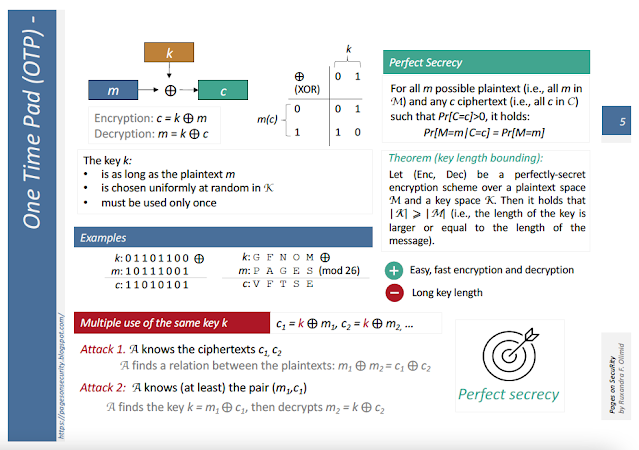Wired Equivalent Privacy (WEP)

Wired Equivalent Privacy (WEP) is a security protocol, now obsolete, introduced to secure wireless networks, most precisely IEEE 802.11. The naming illustrates the main goal, as thought of at the time: to reach a similar security level in wireless networks as in wired networks (for which, by construction, the security is easier to implement, as the adversary does not have access by default to the communication medium, as it normally happens in wireless communications). The IEEE 802.11, first introduced on the market in 1999, represents the basics for the later versions. WEP was replaced by Wi-Fi Protected Access (WPA) in 2008. A history of the evolution of Wi-Fi standards is available at [1]. A station (e.g., computer, laptop) associates with an Access Point (AP) via a challenge-response protocol . In such a protocol, the station initiates an authentication request. The AP responds with an authentication challenge, normally a nonce ( numb...


